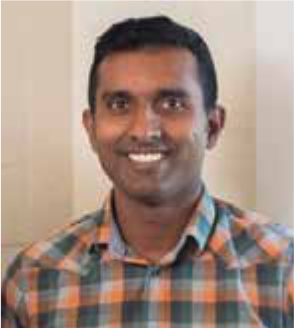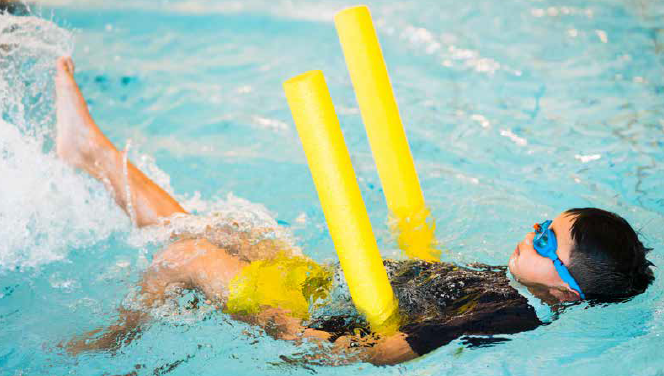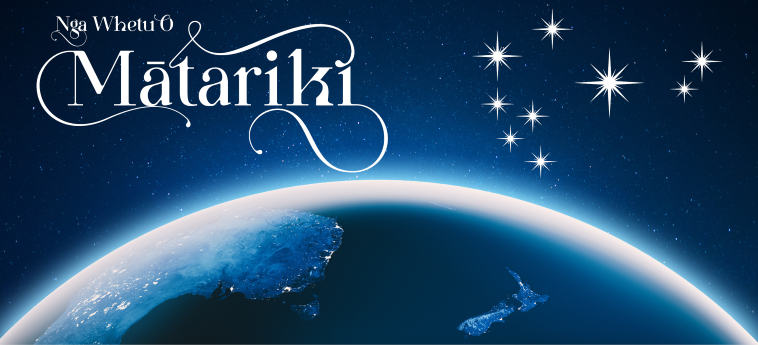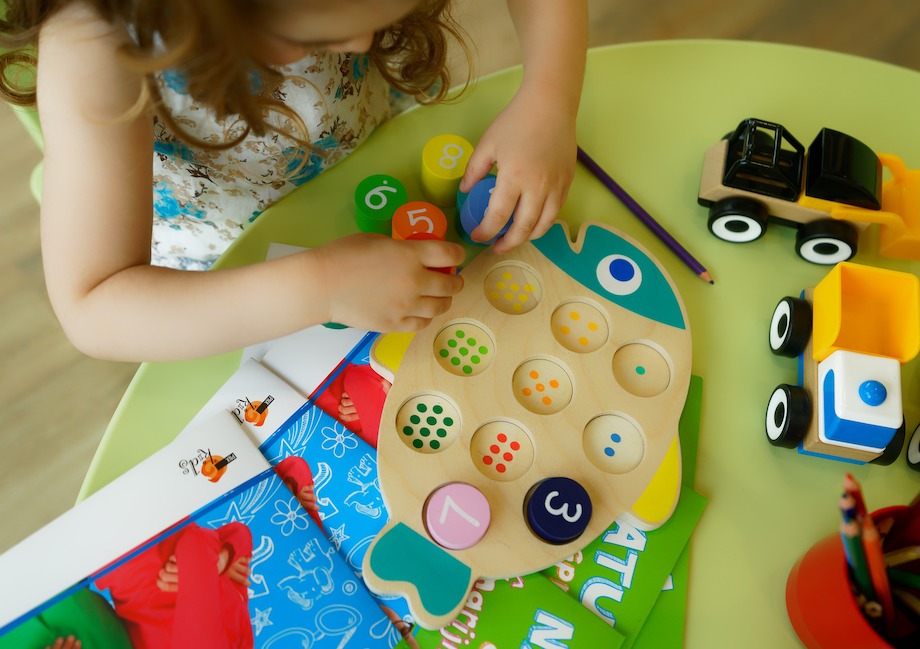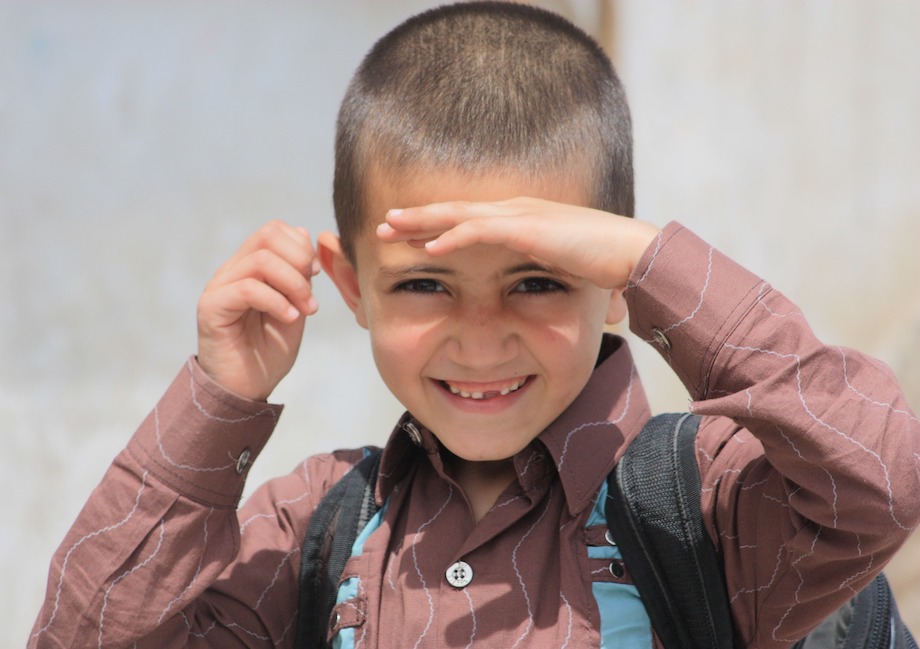
For many of us, our eyesight is something that is both incredibly important for day-to-day living, and yet not something we give a lot of thought to. And it’s just the same for our children’s vision – we know it’s important, but many of us are not aware exactly how children’s eyes develop as they grow, nor when we may need to seek additional advice.
Here are some of the key developmental milestones your child will go through, as well as some things to look out for. As an optometrist who has specialised in working with children, I feel an improved understanding of children’s vision could really help as children move through their preschool years and into schooling.
Early days – how your child’s eyes develop
From birth, your baby is working on developing the muscles and skills to control her eyes so she can start to see clearly.
During the first week of your new-born’s life, your midwife or doctor will do a full newborn examination, which includes testing for some basic eyesight functions. This will usually be done by shining a light into baby’s eye to check for a red-reflex. This screening aims to pick up any health conditions that may need addressing by an eye specialist, such as cataracts. This is really important as the baby’s eyes capture an image that is transferred through a wire to the back of the brain (the occipital lobe, where vision is processed). If there is anything blocking the path it can decrease the quality of the image and make it a lot harder for the brain to process what it is seeing.
From one to three months
In the first month, your baby will be able to briefly fixate on bright lights and faces.
This is all about muscle control, getting the two eyes to start working together. The vision will generally be limited to about 20cm when they are born, but during the first month they will tend to quickly develop their sight – this includes hand-eye coordination, tracking moving objects, and focusing onto interesting objects (like you!). By three months, your baby should be able to easily lock their eyes onto near objects, and the eyes should be aligned in all directions of gaze by this point. (In cases of “amblyopia” or lazy eye, the eyes may track in different directions or cross over one another.)
Between three and twelve months
Your baby will start recognising your face (this is quite an exciting stage!) and reacting to it when they see you, and further develop their ability to focus on near objects. At around six months they should be able to start focusing on objects in the distance, and it is thought that colour vision is developed by this stage. When your child is between seven and twelve months they may be crawling and starting to be aware of and developing their spatial awareness with their body – for example you may start noticing that they are able to grab objects with their thumb and forefinger.
From one to two years
Most of the necessary parts of the eyes and vision should be fully developed by this stage, including depth perception (3D vision).
Making sure everything is developing as expected
Formal vision screening takes place at birth, and again as part of the B4 School checks. Between those times, your midwife, Plunket nurse or Well Child provider will ask you questions about your child’s vision that are designed to pick up any potential problems. For example, at age two to six weeks, your Lead Maternity Carer will be checking to see whether your baby can do the following:
- close their eyes against a bright light
- stare at people’s faces when they are up close
- turn towards lightsmile at you without being touched or spoken to
By the time of the three to four-month assessment, babies might also be looking at their own fingers.
By five to seven months, they may be able to follow a slow-moving, bright-coloured object with their eyes; reach out for toys and other things; and hold objects firmly and look closely at them – and so on.
Additional signs to watch for
Some other indicators to watch out for when tracking your baby’s vision development include:
- One or both pupils have an unusual or white appearance. You may notice this in photos.
- There is persistent watering or discharge from the eyes.
- One eye appears to be turned frequently or the eyes do not seem to move well.
- Baby is extremely sensitive to light or glare.
- Baby’s head is consistently tilted/turned to one side.
- Your child holds books/puzzles at very close range or sits very close to screens.
- Their eyes do not look the same.
If you or your Well Child provider have any concerns at all about your child’s vision, the first step will be to discuss those concerns together. Your Well Child provider may refer you on to your family doctor, or an eye specialist. The bottom line is, if you do have any doubts or lingering worries about your child’s vision, getting a professional check can be a good idea.
The New Zealand Association of Optometrists recommends that children have their eyes examined at six to twelve months, again at two to three years of age, before starting school, and then through their school years as indicated by vision screening or school performance.
For younger children, the Paediatric Society of New Zealand advises you to take your baby or child for a full eye test if certain ‘warning signs’ are recognised, including premature birth (gestation of 36 weeks or less); development delays; or family history or signs of strabismus (turned eye), amblyopia (lazy eye), or strong glasses at an early age.
As with many things in life, early identification and intervention is key for children’s vision. Many early eyesight problems can be resolved with early treatment – even if your child does need glasses, the range of options is so much greater these days. The next national vision screening isn’t until well into your child’s school years (in Year 7, at age 11–12), so it’s a good idea to continue to monitor your child’s vision, so they can thrive at school as well.
